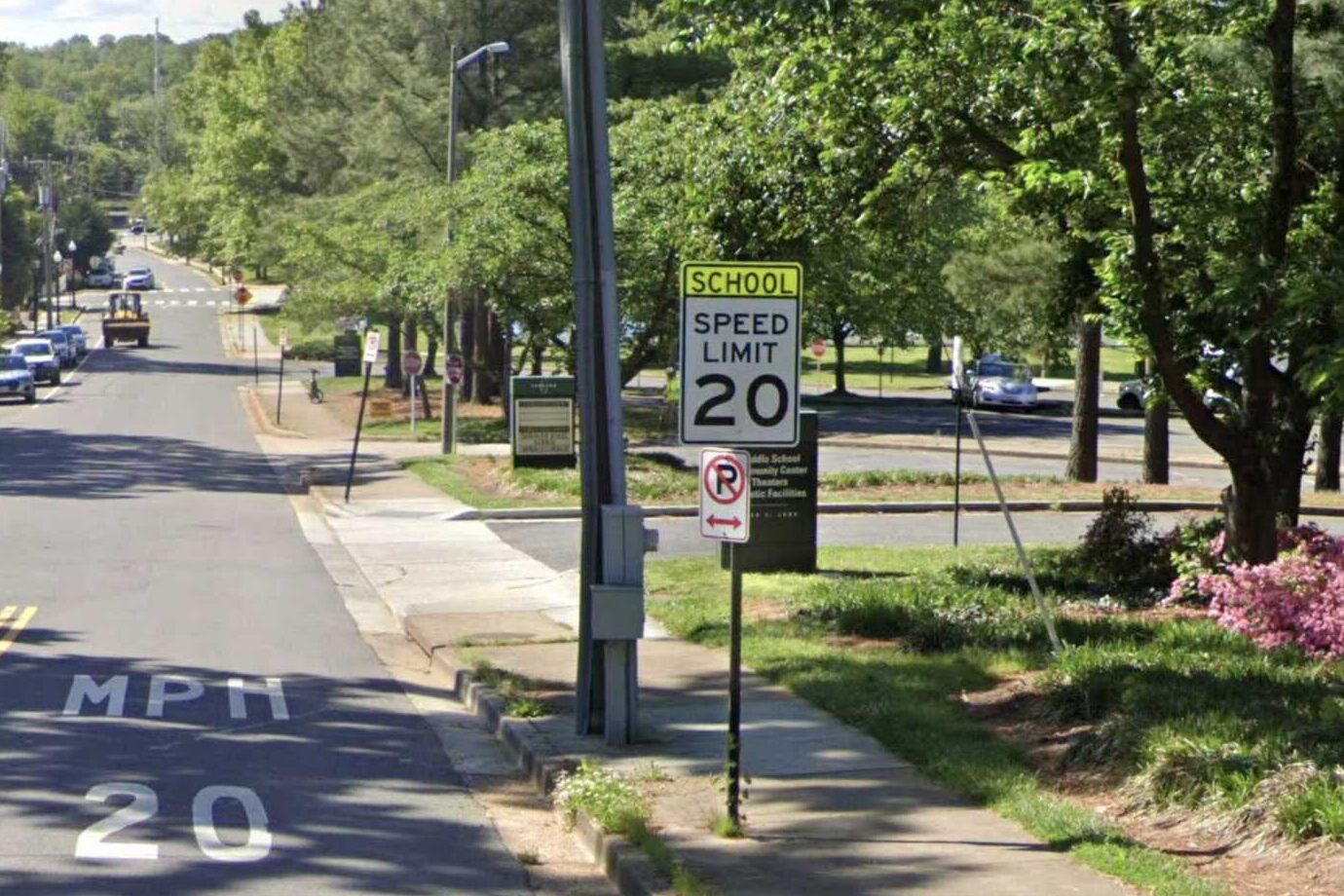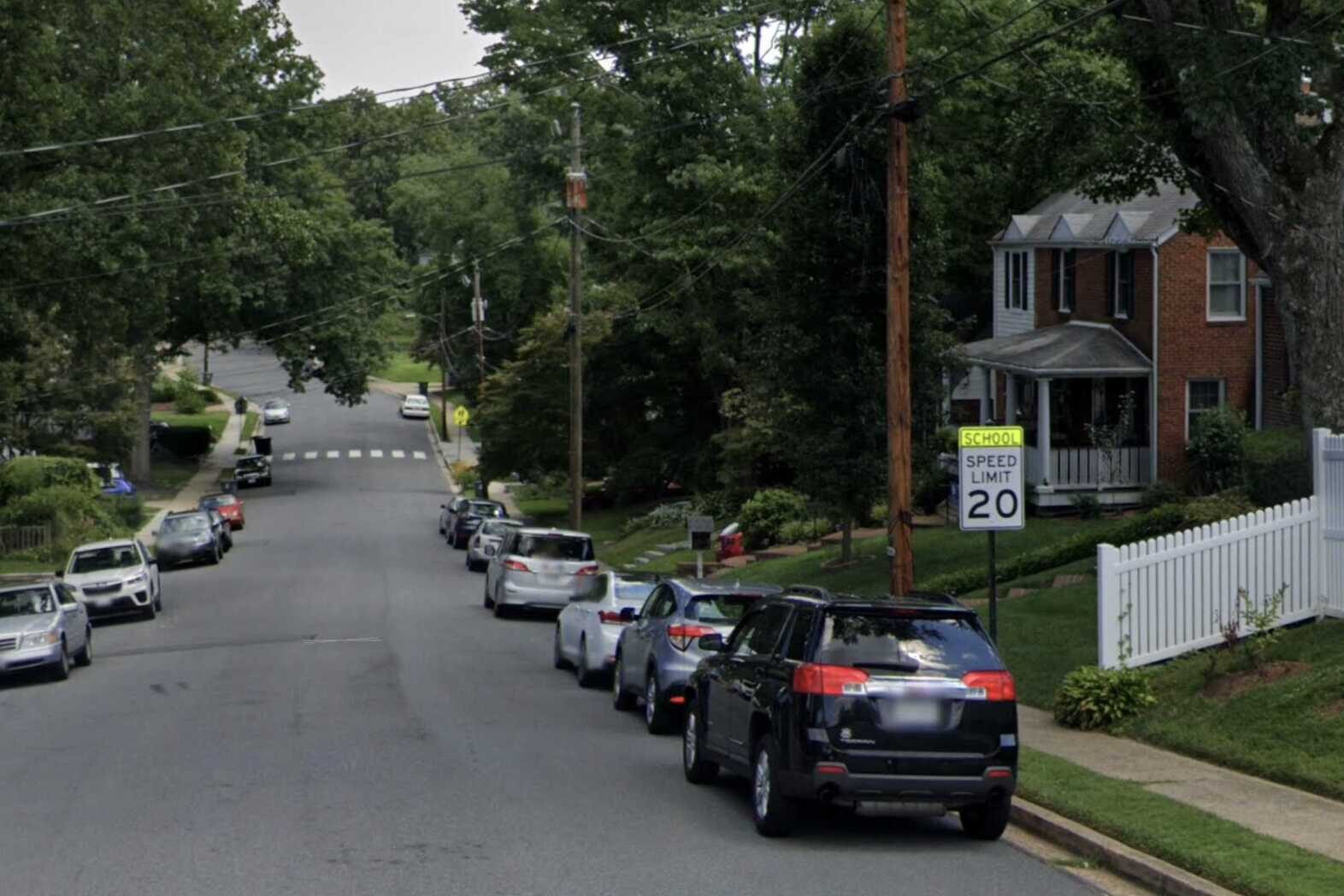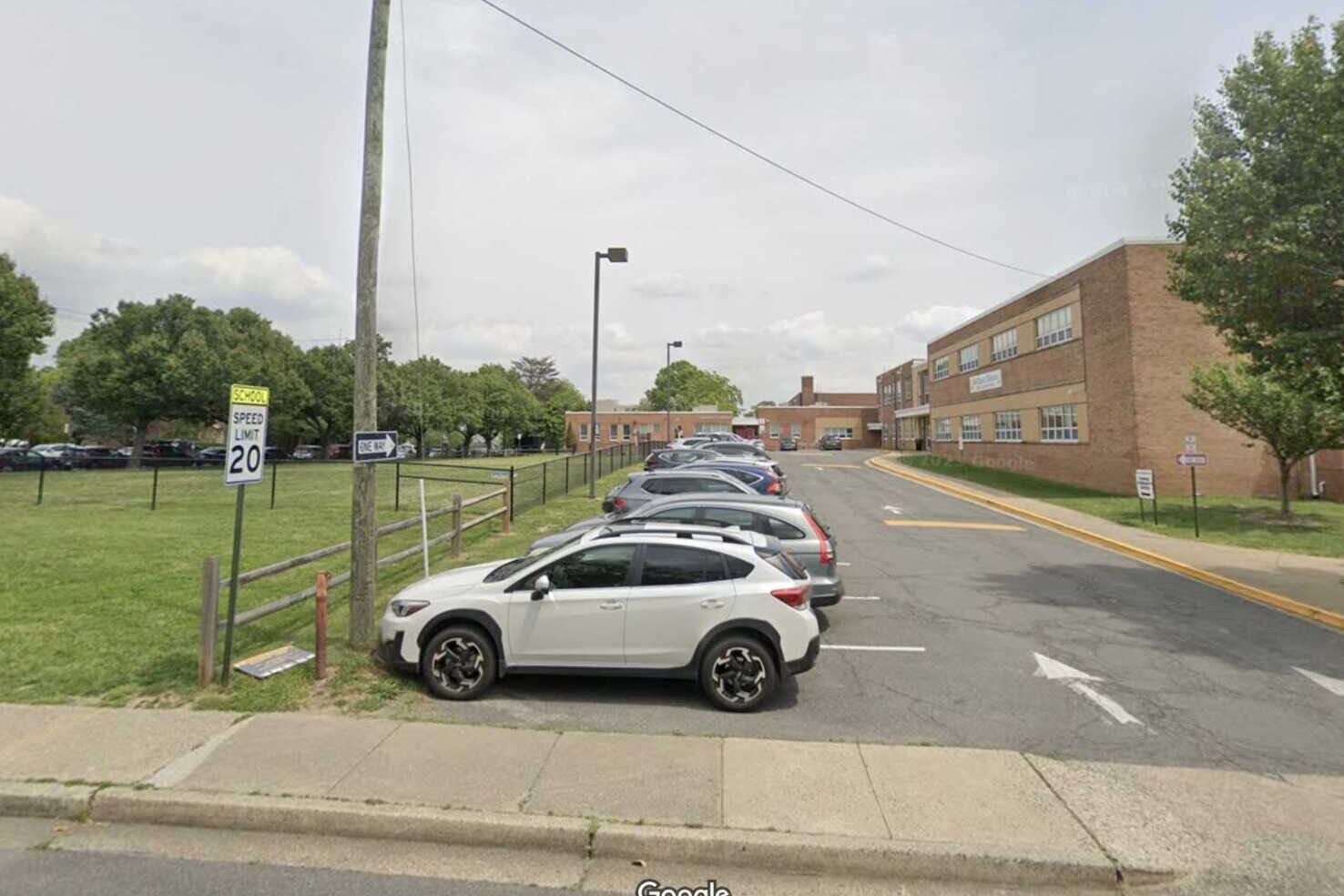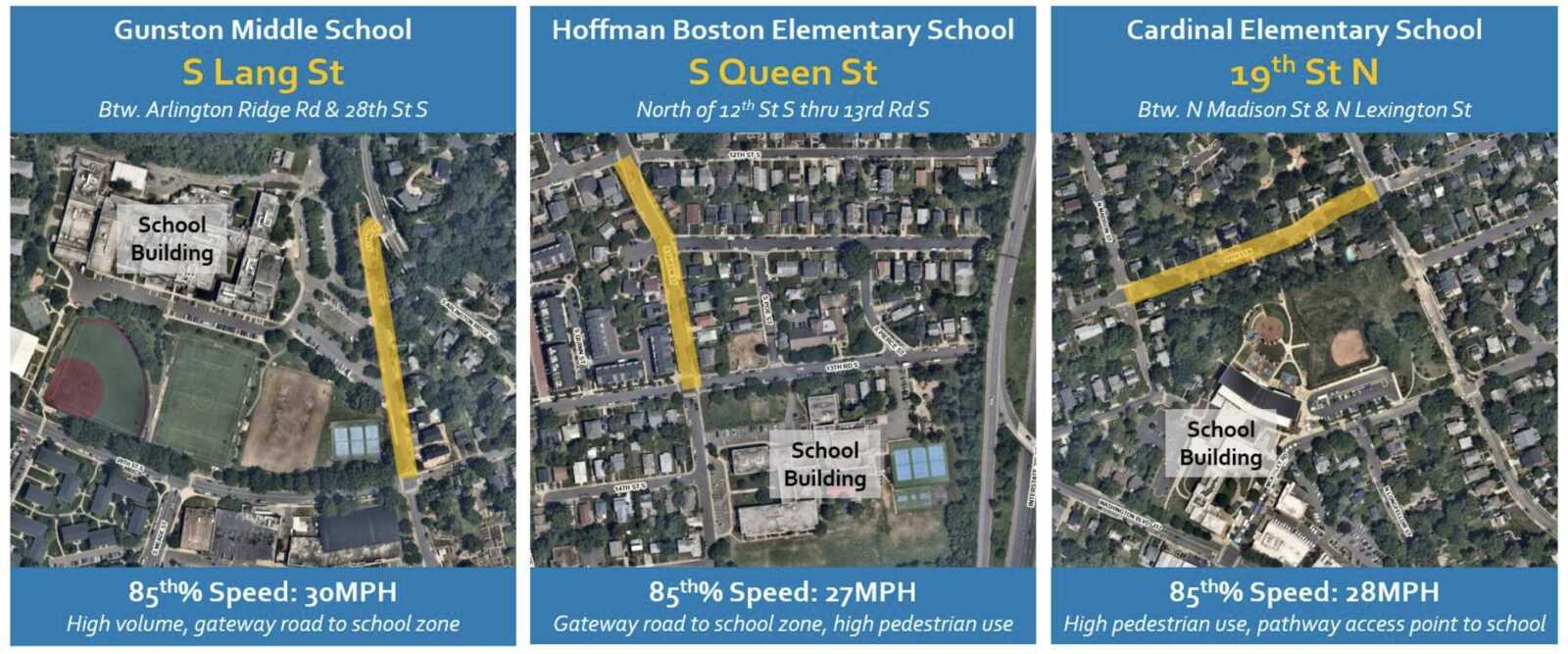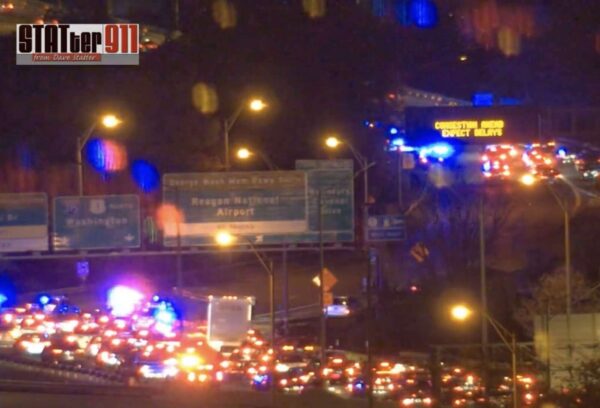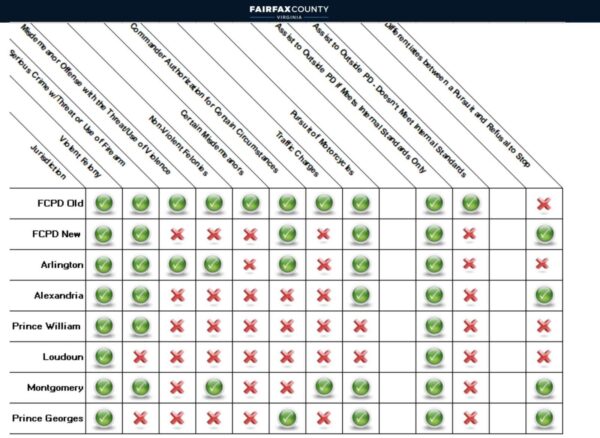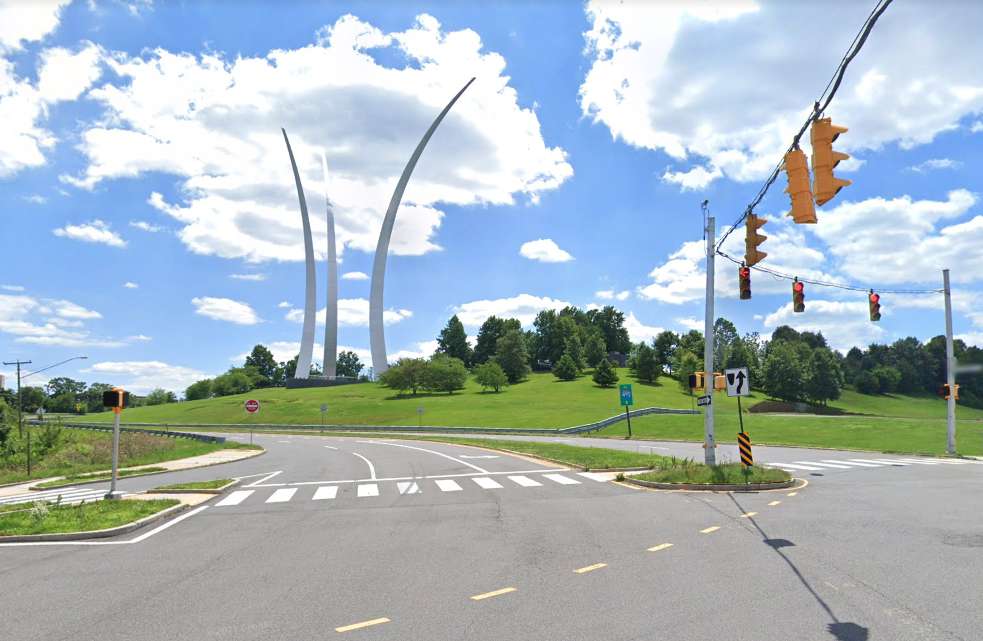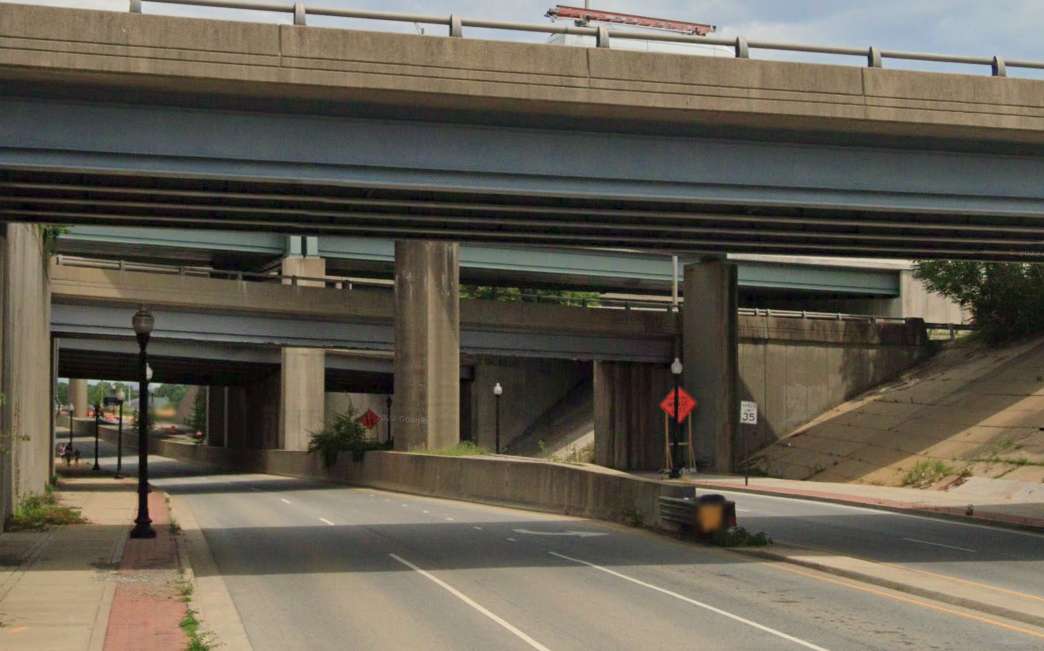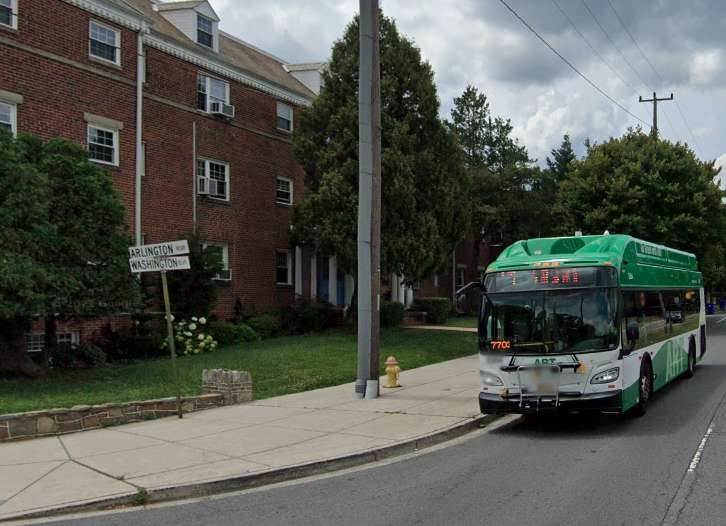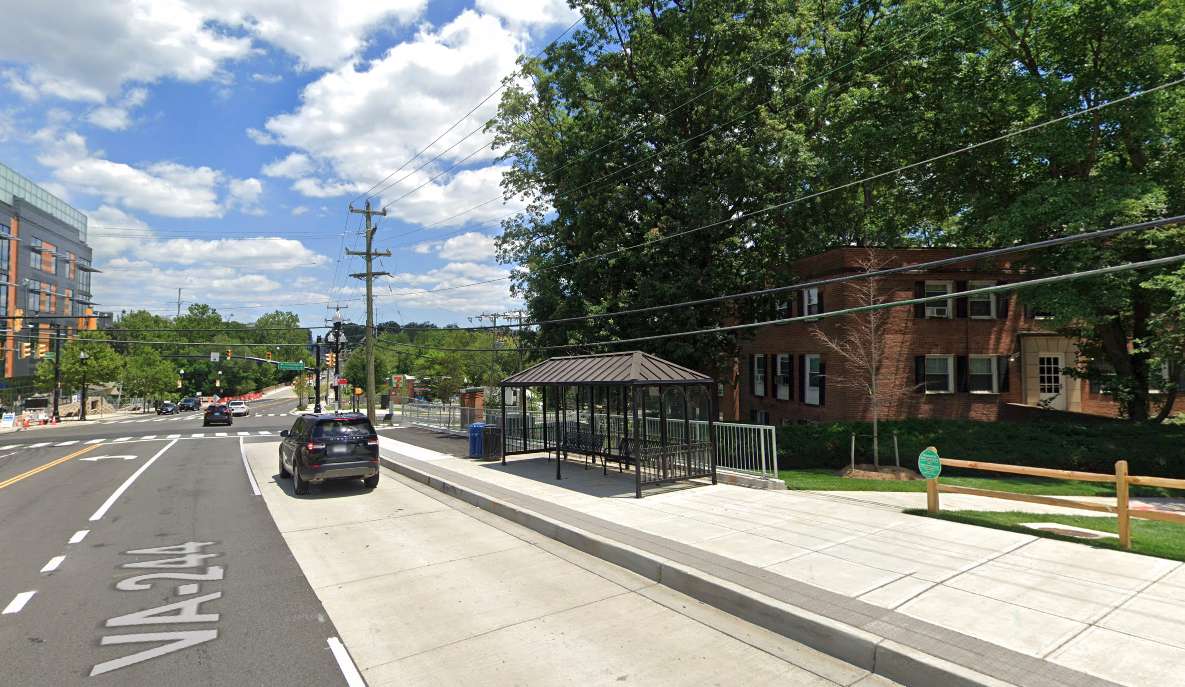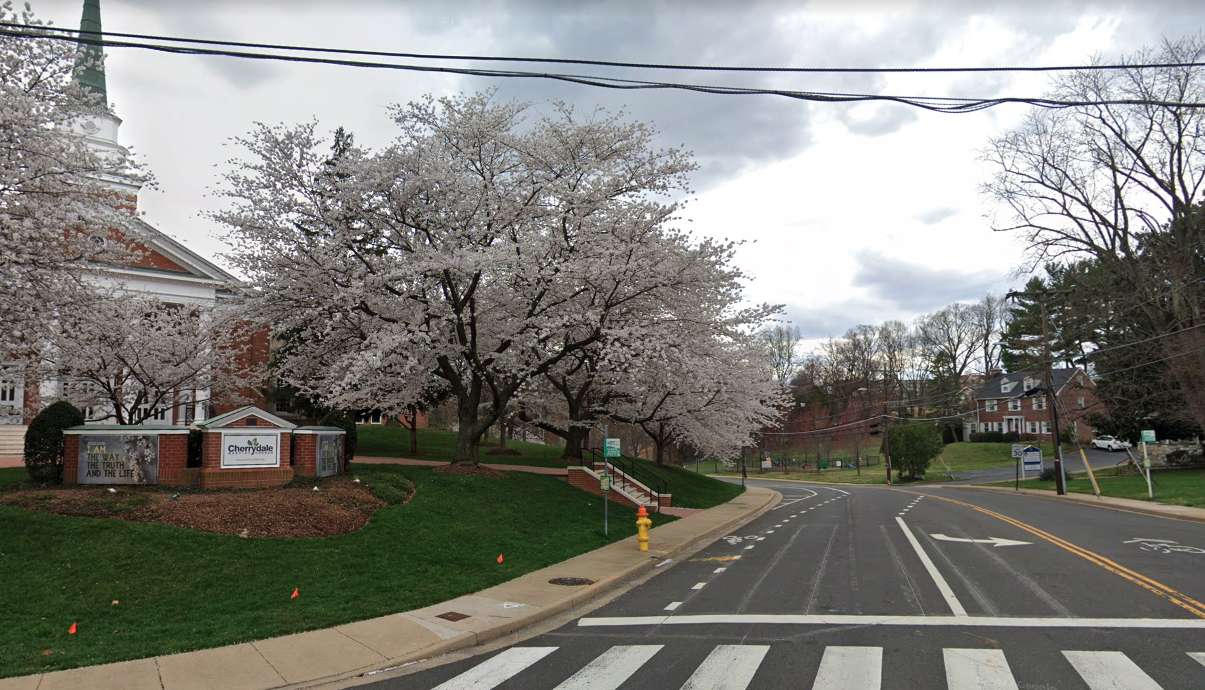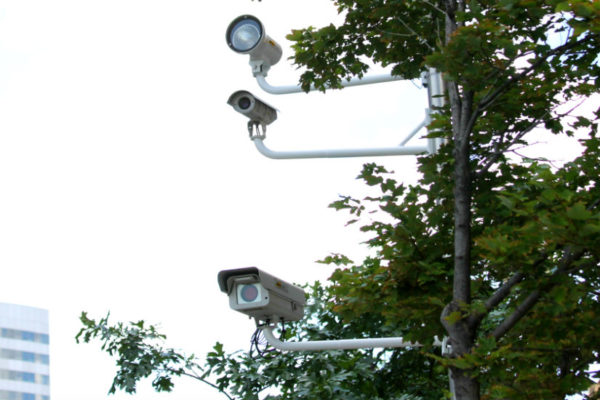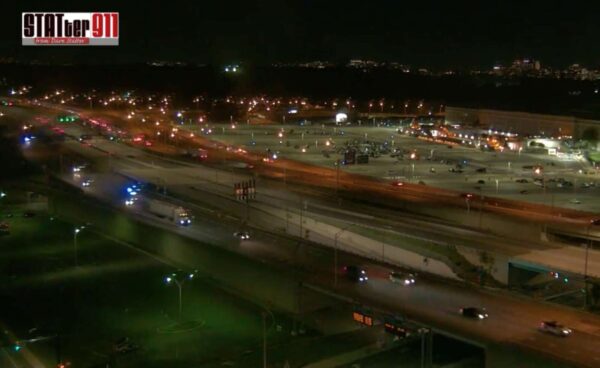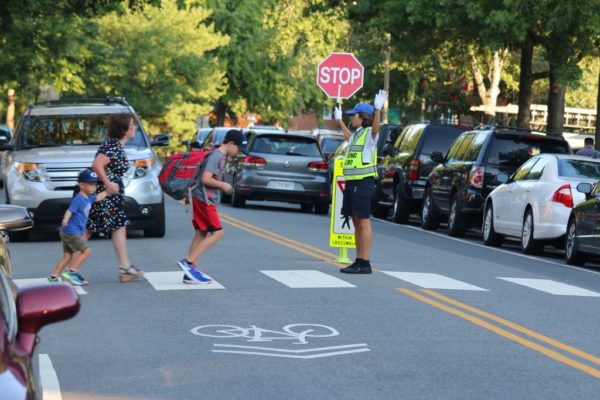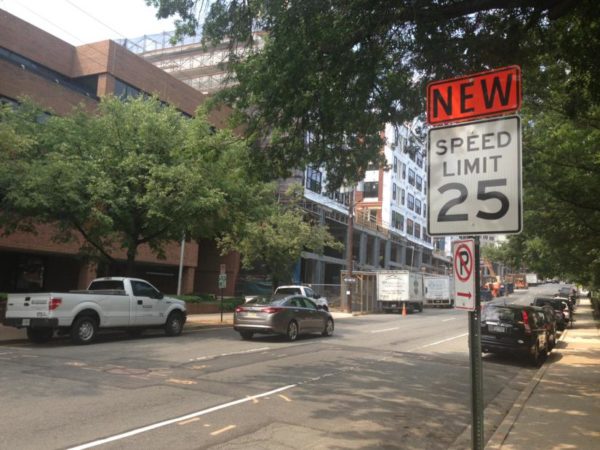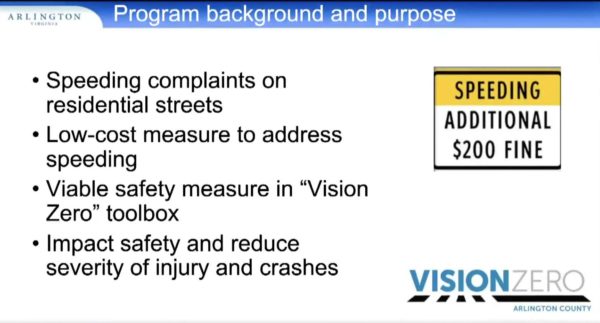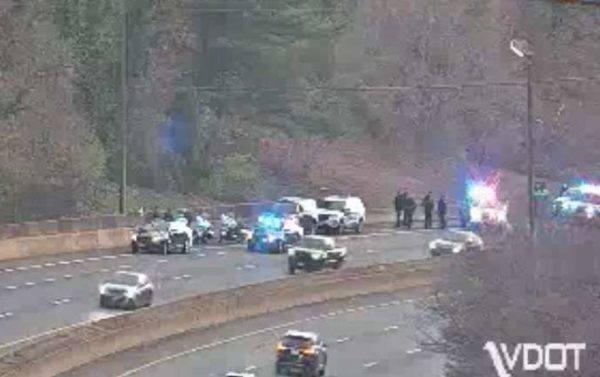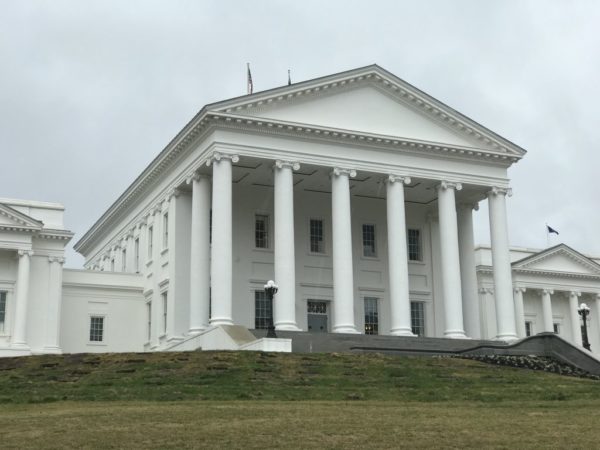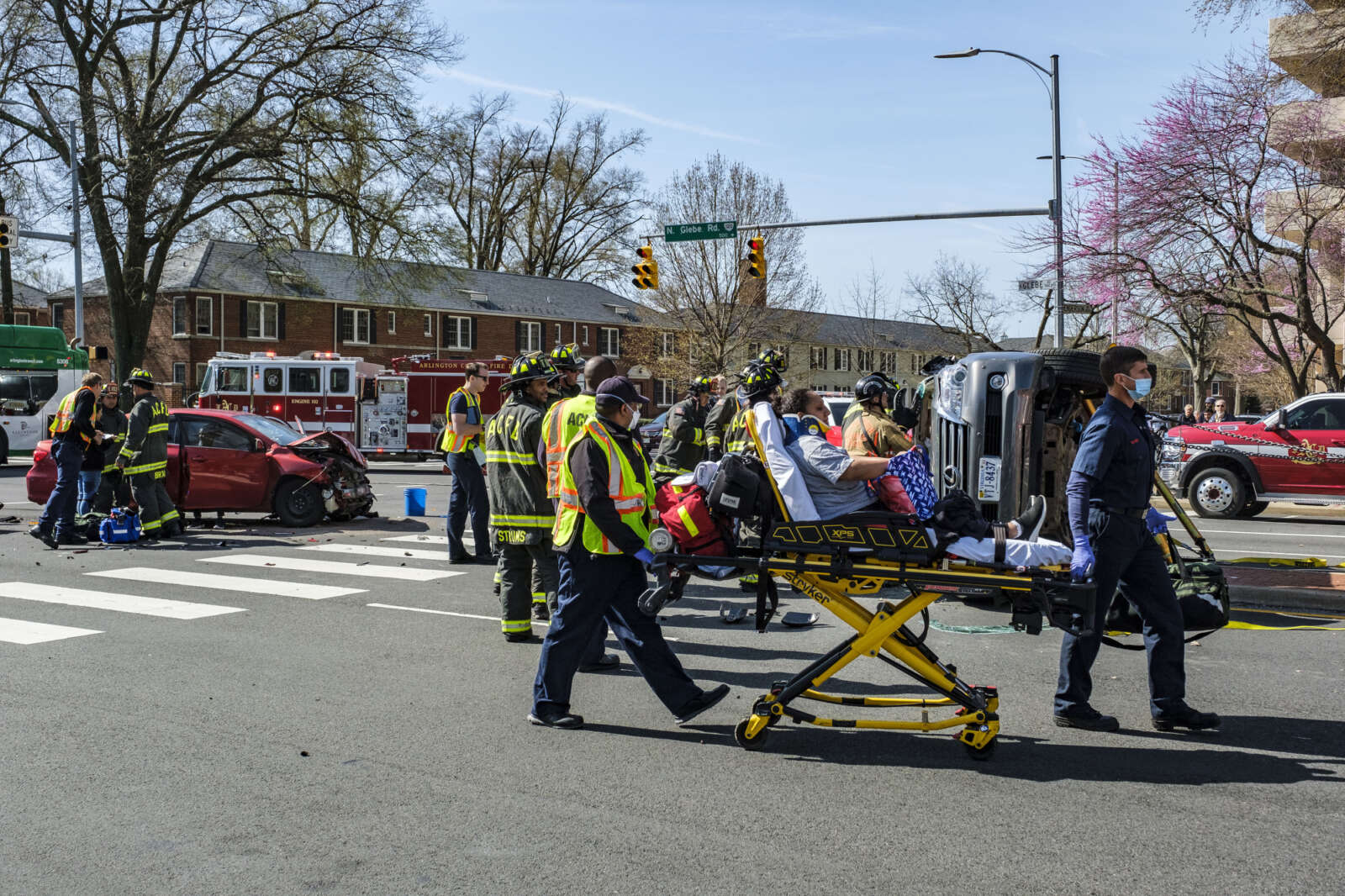
A day of remembrance for lives lost — in Arlington, Northern Virginia, and around the world — to vehicular crashes will be held at Wakefield High School this month.
It is a local instantiation of the World Day of Remembrance for Road Traffic Victims held annually on the third Sunday of November around the world. The events will mark the deaths of approximately 1.35 million people annually in traffic crashes.
Nonprofit Northern Virginia Families for Safe Streets, which focuses on traffic safety education and has Arlington, Alexandria and Fairfax chapters, is putting on the event on Sunday, Nov. 19, at 1 p.m. Keynote speakers include Arlington County Police Chief Andy Penn and City of Alexandria Mayor Justin Wilson.
“This year’s World Day of Remembrance takes on extra urgency as the number of people dying and severely injured in preventable traffic crashes in the U.S. is rising at an alarming rate,” NFVSS founder Mike Doyle said in a statement.
Some 46,000 additional people died in traffic crashes in the U.S. in 2022 compared to pre-pandemic levels in 2019, for a 22% increase, he said, citing National Safety Council data.
“Our neighborhoods are no exception,” Doyle said, citing the 15 pedestrians killed in the region since last November. “Many, many more vulnerable road users [have been] seriously injured, while even more of our neighbors have been killed or seriously injured while inside of their vehicles.”
One victim who will be remembered is 71-year-old Californian Susan Hamlin, who was killed on King Street on the border of Arlington, Alexandria and Fairfax County. Arlington police charged a man with driving while intoxicated after he allegedly struck her while going the wrong direction.
“What’s very unique about where Ms. Hamlin was struck… that’s where the City of Alexandria, Arlington and Fairfax counties meet, and where King Street becomes Leesburg Pike,” Arlington Families for Safe Streets member Hung Truong tells ARLnow. “It’s very appropriate we’re focusing on that for World Day of Remembrance, as we want to highlight how difficult it is to get things changed.”
Since ACPD responded to the crash that killed Hamlin, it is included in Arlington crash data, says Arington Dept. of Environmental Services spokesman Nate Graham. He notes Arlington is supporting Alexandria with coordination, data and review as it pursues a federally funded safety project to make this intersection safer.
The project may include extending existing bicycle lanes along King Street and adding sidewalks, according to our sister site ALXnow.
Arlington County is trying to make inroads on traffic safety through its effort to eliminate serious and fatal traffic injuries by 2030, known as Vision Zero, now in its third year. It recently released a mid-year report reviewing serious crashes through this June and summarizing recent work.
In the first six months of 2023, Arlington clocked three fatal crashes, including Hamlin’s, and 28 resulting in severe injuries. Excessive speed, alcohol consumption and improper seat belt use are the leading causes of critical crashes and on the rise post-pandemic, per a recent meeting on the report.
Meanwhile, the county has been busy conducting crash analyses and installing “quick build” projects, including such as new crossing signage and bollards, as well as large-scale capital projects. Some have significantly reduced crashes while others have had more marginal impacts, Vision Zero Coordinator Christinen Baker said in the meeting.
Little Falls Road and Old Dominion Drive has yet to see a crash since 2021, when the county installed a barrier and implemented new restrictions at the intersection, which used to net 11 crashes per year, Baker said.
Baker noted only slight crash reductions from giving pedestrians a head start at the intersection of N. Glebe Road and N. Carlin Springs Road and making roadway improvements at Clarendon Circle.
“I think they have a better grasp on data visualization and analysis,” says Truong, a Vision Zero stakeholder who participated in the meeting. “It’s nice to see they’re doing more quick builds and getting those out. I would like to see more changes implemented in South Arlington, as well, the Shirlington area and cross-jurisdictional roadways, such as King Street, as well.”


